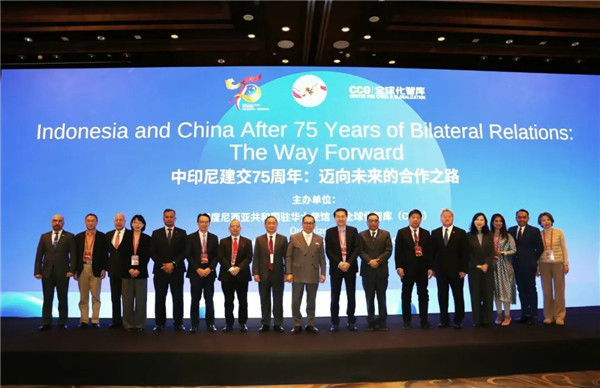More efforts needed to bridge gender gap in digital era
March 09 , 2023BEIJING, March 9 (Xinhua) — More efforts should be done to minimize the gender gap in the digital era, said chief of Child Protection of United Nations Children’s Fund (UNICEF) in China.
“There is a lot of gender discrimination still, and a lot of gaps in how girls can really fulfill their rights, and how they can fulfill their full development and will reach certain stages of well-being,” said Dora Giusti, chief of Child Protection of UNICEF in China in an exclusive interview with Xinhua on Wednesday.
On the sidelines of the symposium on gender-responsive technology and innovation in the 21st century organized by UN Women and the Center for China and Globalization, Giusti noted that the situation is uncomfortable for girls.
With more than 20 years of experience in the development sector, and particularly on child protection, Giusti told Xinhua that the situation varies from country to country, from region to region, but across the world, girls were lagged behind.
“I think one of the big issues is also the violence that there is exposed, the violence based on gender,” she said.
Girls experience more gender-based violence and abuse, both online and offline. Globally, with 52 percent of young women have experienced some form of digital harm; 87 percent of them believe the problem is getting worse, according to a UNICEF report. Internet Watch Foundation found that 86 percent of child sexual abuse images were of girls. The distribution of child sexual images has increased at an unprecedented rate in scale, especially during the pandemic, Giusti said.
Girls’ lack of digital skills exacerbates their lack of ability to defend themselves, Giusti said.
Despite the gender violence, the digital gender gap is also evident.
“We heard a lot today that girls are more excluded than boys. They have less access and less skills in terms of digital literacy on how they use or access digital technology. So I think that’s another aspect,” Giusti said.
Study shows that boys are 1.5 times more likely than girls to own a mobile phone. And 1.8 times more likely to own a smartphone. Girls are usually at a disadvantage when it comes to the adoption of digital products, with less access to the digital technology compared to boys as well, she said.
“In the field of education, we still have higher enrollment rates for boys rather than girls.” Giusti described the declining enrollment rates of girls with age as “a leaking pipe.” Many girls dropped out of school in secondary school age, “dramatic gap” still exists in some regions in the world, since the importance for girls to continue study is not considered.
“Girls are maybe pulled out of potential streams of education like sciences,” Giusti said, adding that the proportion of women in science and digital enterprises is also worrisome.
More opportunities for girls in the field of science should be created, Giusti said. “I think that’s where we need to promote the education and the inclusion in these branches of education.”
How to bridge the digital divide is very important, so as to give full play to the potential of girls. “We still have these gaps in education, in health, and nutrition,” Giusti said.
“To promote empowerment of girls, we need to have policies and regulations that the gender lines need to be cross-cutting and in specific sectors like in education,” Giusti said, calling for more opportunities for girls to participate as well. The awareness of how to abolish gender stereotypes, especially from every level, from families, from the school environment and wider society, could ensure girls to thrive in all aspects of life and society, she stressed.
“In all aspects, anyway of anywhere, I think it’s good to ensure the boys and girls are familiar about gender stereotypes,” she said, noted that with the aim to meet the Sustainable Development Goals, UNICEF focuses on the implementation of child rights and gender equality.
From Xinhua, 2023-3-9







